Wholemeal Loaf
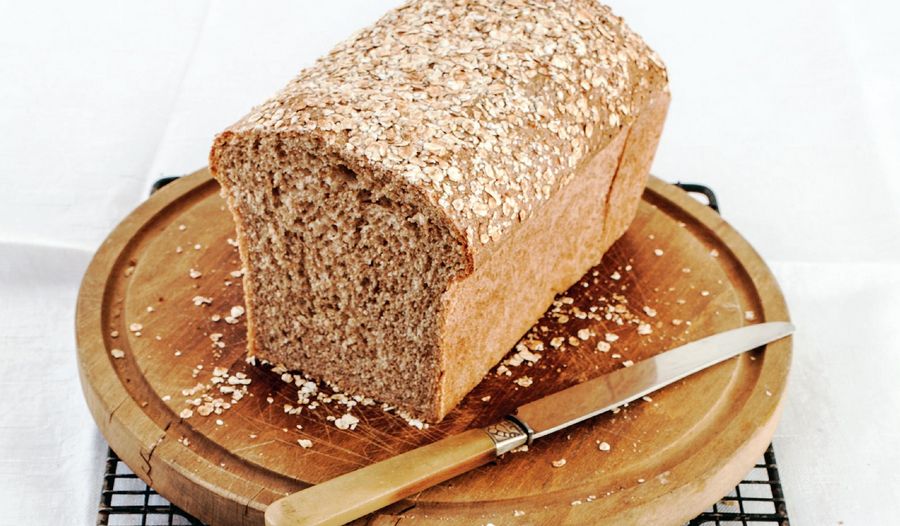
Create a classic wholemeal loaf with this recipe from Gail's Artisan Bakery Cookbook. The gorgeous fresh bread is made with real butter for extra flavour.
Introduction
When it comes to bread, the French are right about a lot of things – but they were wrong when it came to wholemeal. They became obsessed with white flour as a status symbol and this obsession elevated the art of white bread-making until it came to symbolise the nation. What could be more French than the baguette? While we all adore a well-made baguette, there’s something irresistible about the scent of wholemeal bread. It’s as if the smell of soil and dried, harvested fields of wheat is brought to the plate through the scent of the baked flour. Wholemeal bread in general has a slightly denser structure – it isn’t as frivolous or ephemeral as white bread. And the butter in the recipe? Everything tastes better with butter, say we.
Ingredients
| 400ml | cold water |
| 560g | stoneground wholemeal flour |
| 15g | fresh yeast |
| 20g | butter, at room temperature |
| 2 tsp | fine sea salt |
| A handful | of rolled oats, for topping |
| Whole tray of ice cubes |
Essential kit
You will need a 24cm x 10cm loaf tin, and a stand mixer (or mix by hand).
Method
Place the water, flour, yeast and butter in the bowl of a stand mixer and knead with the dough hook on a low speed for 10 minutes. Then add the salt and knead for another 5 minutes.
Take the bowl out of the mixer and cover with a clean, damp tea towel. Place well away from draughts until doubled in bulk – about 1-2 hours. Lightly butter or oil a 24cm x 10cm loaf tin. When the dough is ready, turn it out onto a floured surface and punch it down with your fist.
Knead by hand for a couple of minutes, gradually forming it into a pillow shape roughly as wide as the tin. Roll it into a bloomer (see p.28 of the Gail's Bakery cookbook for step by step) as long as the tin without letting any air pockets form. Place in the tin, seam side down. Put the loaf inside a large plastic bag, inflated so that it won’t come into contact with the dough, and leave to rise, well away from any draughts, until doubled in size again – around 1-2 hours.
Alternatively, to bake tomorrow, place the covered tin in the fridge and let it rest overnight. This will do wonders for the flavour of the bread. Remove from the fridge at least 2 hours before you plan to bake and allow to come back to room temperature. When the dough shows signs of life monitor it until it has doubled in size.
When proved, preheat the oven to 220°C/gas mark 7 and put a small baking tin on the base of the oven to act as a water vessel. Use a pastry brush to gently moisten the top of the loaf with water and sprinkle the oats on top. Tip the ice cubes into the baking tin and sit the loaf on the centre shelf. Bake in the oven for 30-40 minutes until well-risen with a dark brown, rounded, crusty top.
Remove from the oven and turn out of the tin immediately. Return to the oven for a further 10 minutes to dry out the crust. Transfer to a wire rack to cool before slicing.

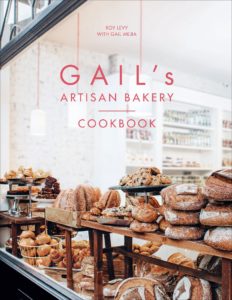
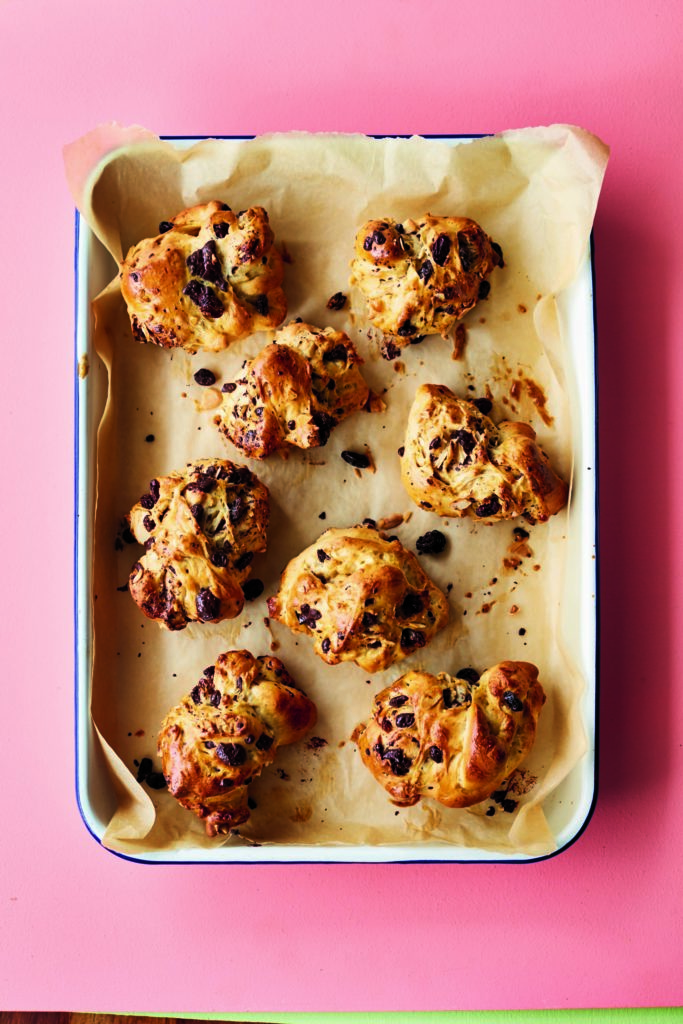


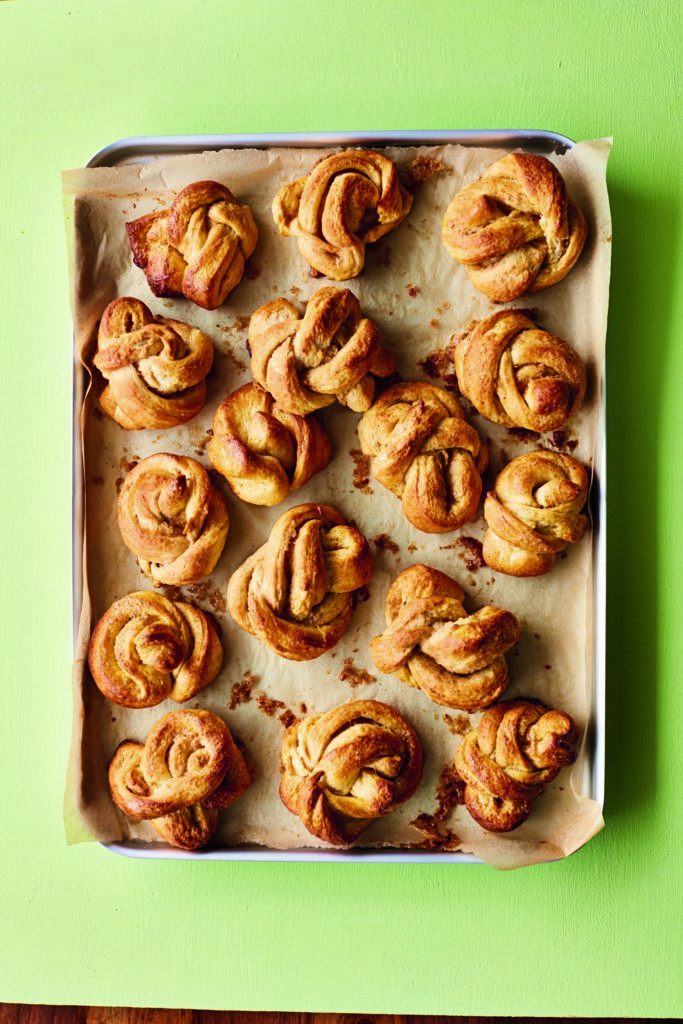
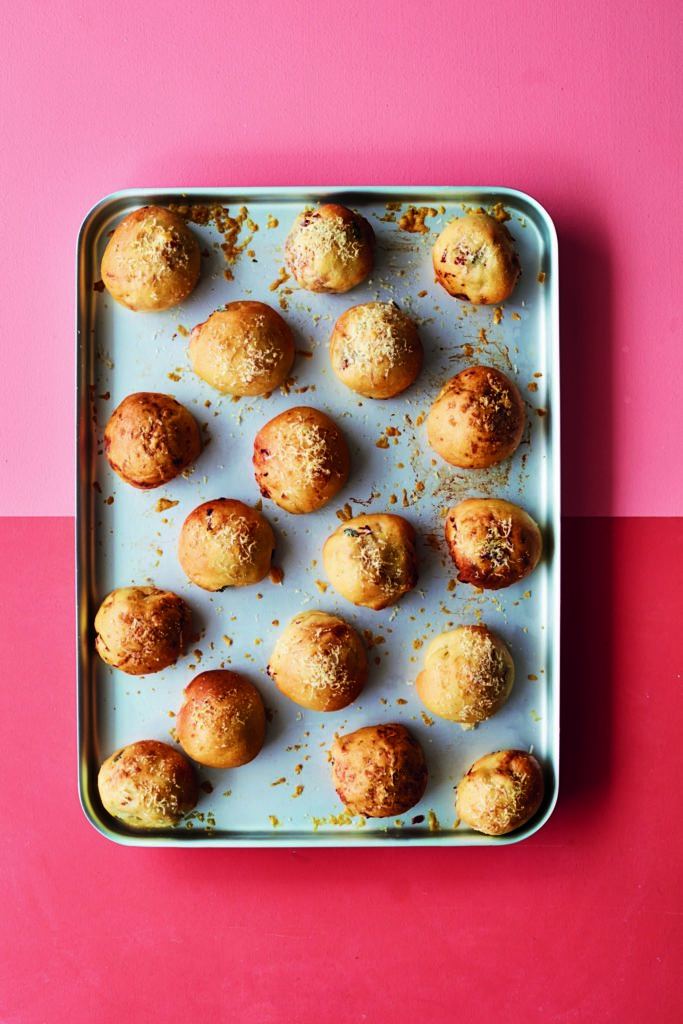
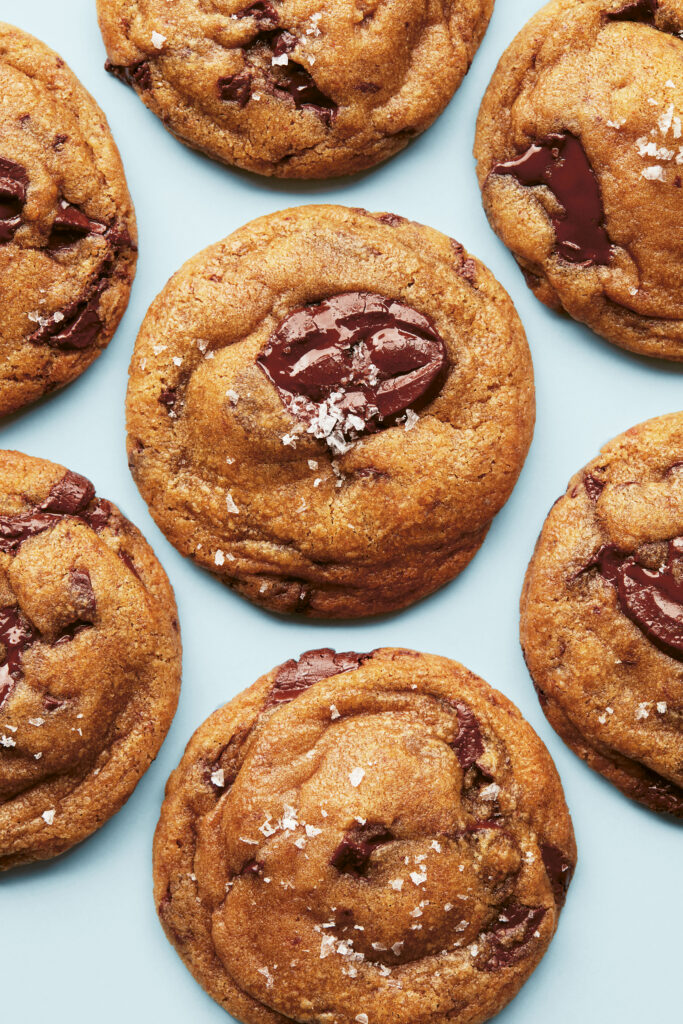
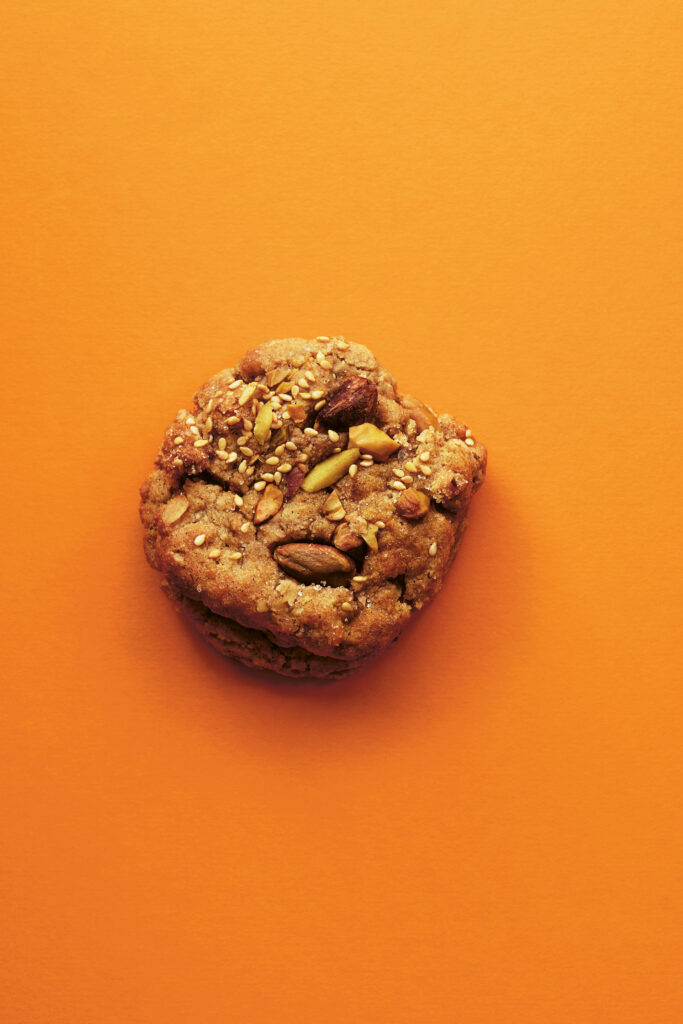
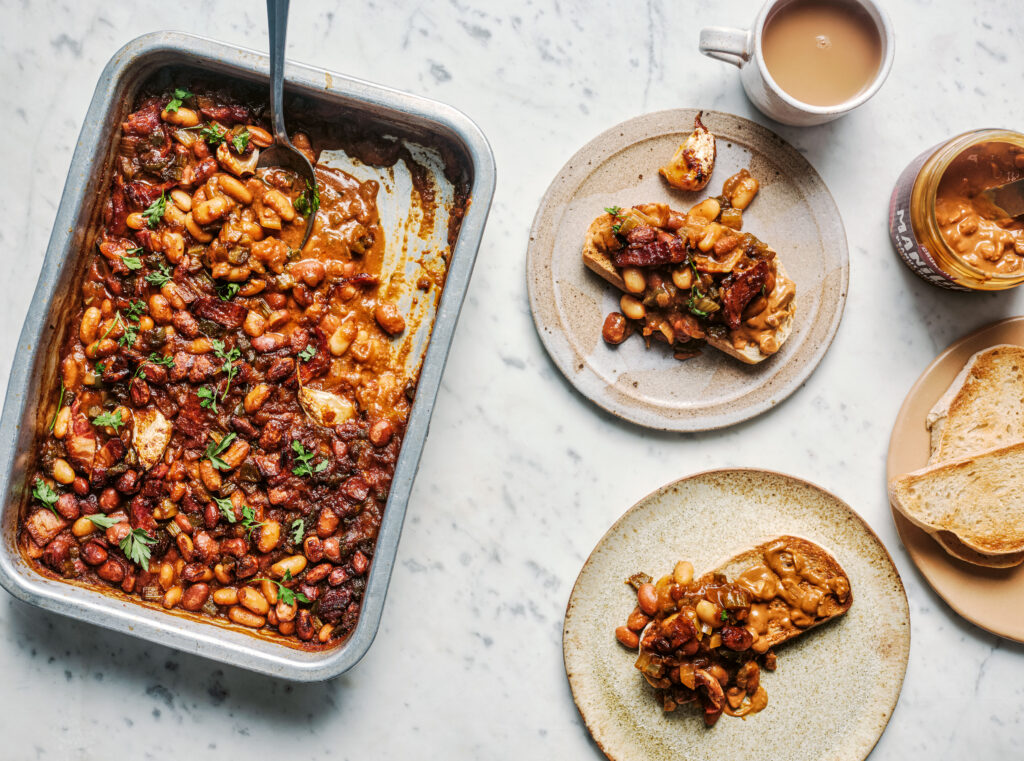
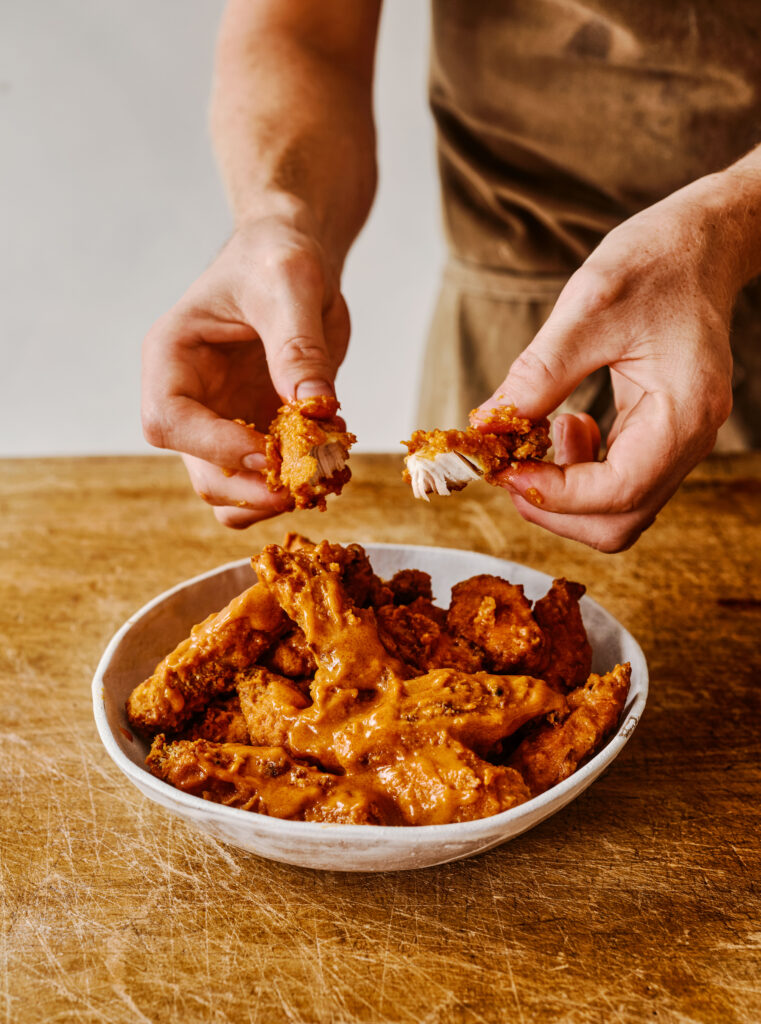
Please note: Moderation is enabled and may delay your comment being posted. There is no need to resubmit your comment. By posting a comment you are agreeing to the website Terms of Use.